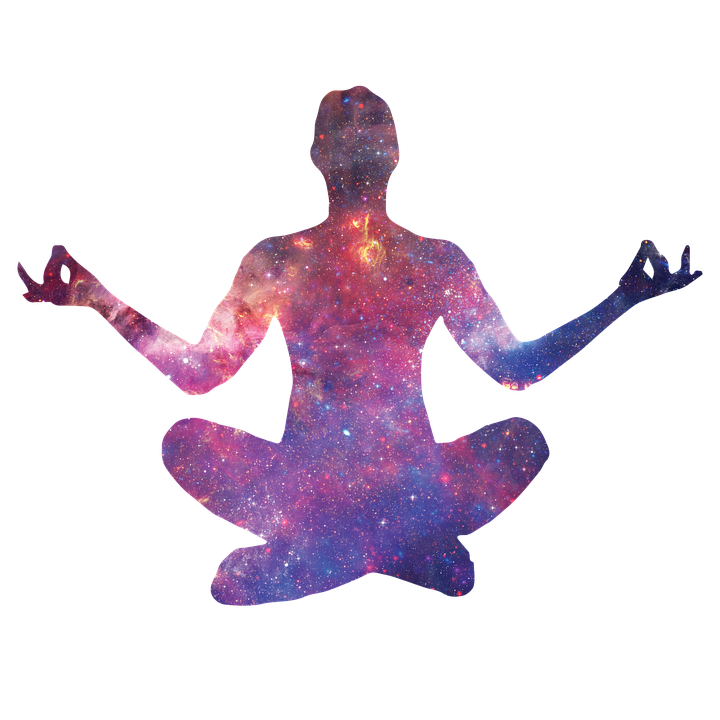The simplest rules: do not eat 3-4 hours before bedtime, walk in the fresh air in the evening, do not drink caffeine-containing foods in the afternoon, include daily physical activity on your schedule.
What to Eat to Sleep
A classic ayurvedic recipe is to drink warm milk at night with a pinch of nutmeg. If your body absorbs milk without problems. How to understand how much milk to drink: after drinking a glass at night, look at your tongue in the morning – if there is no white coating – all ok, if there is – it is necessary to reduce the portion: to drink for example, not 200, but 100 g.
At night you do not need to eat sweet, floury, raw vegetables and fruits; you can – stewed vegetables (minimum spices or without them), a little protein.
Oily massage
A warm (not hot) relaxing bath will help to relax. Easy oil massage – it is possible on the whole body, and it is possible – only feet. Suitable sesame oil, which has a warming effect. A small amount of oil must be applied to the feet and rubbed with soft movements.
Yoga Asanas
Yoga in any format helps to restore sleep and support it. It should be taken into account that there are training sessions, filling up with energy so that I want to run and turn mountains right now, and there are – calming, centering, relaxing. The first option is suitable for morning practice, the second – for the evening.
To restore sleep, asanas are used that are done sitting and lying, relaxing, for example, the position of the child, the crocodile posture, the twisting of the spine. I note that pregnant women can not do asanas lying on their stomachs, and twists are only light versions and very carefully.)
When insomnia necessarily include in practice a long Shavasana (relaxation lying on the back). The main rule: plus 5 minutes of Shavasana for every half hour of training. If we do asanas for 5-30 minutes – we lie in Shavasan for at least 5 minutes, 30-60 minutes – at least 10 minutes, etc.
Shavasana: technique of implementation
We lay on the back, the palms are turned upwards, between the stops 10-20 cm. We do 2-3 deep breaths through the nose and exhalation with the sound “Ha”. Then the usual breathing, with each exhalation we relax more and more. And smoothly we pass to the yoga-nidra (see below). Working at home, it’s better not to look at the clock, when these 10 minutes will end, and allow yourself to rest more, 15-20 minutes. The feeling that it’s time to get up, comes not from troubled thoughts about the need to do everything, but from the fact that I rested, relaxed and ready to gently “get out” of Shavasana. Important: lie on a flat floor, you should be warm (you can hide with a rug), phones are off, relatives are warned and you do not care.
Yoga Nidra
Yoga-nidra is “built” in Shavasana. This journey is a conscious transfer of attention on your body. We begin with the awareness of our feet (toes, heels) and gradually shift our attention higher: shins, knees, hips, buttocks, genitals, abdomen, chest, shoulders, hands, neck, face. We are in no hurry: we pay attention to different areas of the body and realize what is happening in these places: whether there is tension or what sensations. If there is tension, under our attention it “dissolves”. “Recognize that YOU are” and “YOU are FREE”.
Pregnant women relax lying on their sides, placing small pillows under their heads and between their knees.
Pranayama Nadi Shodan
One of the breathing exercises that helps balance yourself, calm the mind, go back to your center and relax. Nadi-shodan is good because it is simple and almost invisible to others. It can be done at home and on a trip, as well as pregnant women.
Technique: sit with a straight back on a chair or with baptized legs on the floor. The left palm on the left knee is open and looks up. Right hand: with the middle and forefinger, close the point between the eyebrows, close the right nostril with your thumb. The left nostril is open, we exhale through it and again inhale, slowly close the nameless finger with the left nostril and open the right nostril – exhale, inhale.
And close the right again, open the left one. Alternating breathing of the left and right nostrils, after each inhalation we change the nostril. Begin and end with an exhalation through the left nostril. So breathe 3-5 minutes. Another 3-5 minutes we sit with our eyes closed and watch the sensations in our body, behind the thoughts that float one after another. We observe as if you are lying on a meadow on your back and look at the sky at the passing clouds on a warm, sunny day.
Meditation
Perfectly restores sleep. But: we meditate with an experienced instructor, under his supervision and with his instructions.
Home option: sit with a flat back in a chair or with crossed legs on the floor. Make some deep breaths-exhalations. With each exhalation we let go. We shift attention to the tip of the nose: we observe our breathing on the tip of the nose. As the air enters through the nostrils and exits through them. A few minutes of such conscious breathing calm and relax.
In general, to improve sleep, we adjust the way of life, we pay more attention to breathing and relaxation. Do not forget that meditation and pranayama are contraindicated for people with mental disorders.




